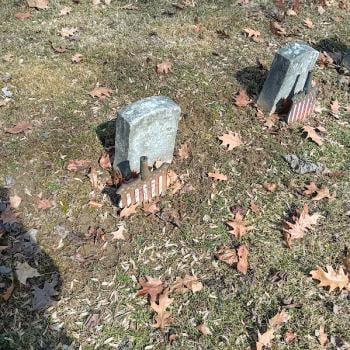In India, the biggest challenge that Hinduism faces and has faced for centuries is the continuing presence and influence of the caste system in rural areas. While urban India has moved beyond the negative effects of caste in many ways and most Hindu communities outside the Indian sub-continent have rejected the system completely, it nevertheless continues to operate in villages. This persistence hampers the ability of people to work together to improve the lives of the lowest castes.
Currently, a great deal of tension exists between Christian missionaries who seek to exploit the caste situation to promote conversion among the low castes and Hindus who are attempting to make Hinduism more relevant and more accessible to the same groups so they have no reason to convert. Foreign-based Christian NGOs have actually been active in the rural areas since the 19th century, while it has only been since Independence that Hindu NGOs have been formed in any significant numbers to provide an indigenous religious vehicle for addressing rural needs. Although the success of these efforts will surely have an influence on the future religious ethos in rural areas, Hinduism will continue to provide the vast majority of village Indians with their sense of self-identity and of belonging in a vastly changing economic and social landscape.
Ramdas Lamb is Associate Professor of Religion at the University of Hawaii. He teaches introductory religion courses as well as courses dealing with contemporary religion and society, fieldwork, and mysticism. The focus of his current research is on monastic traditions and religion among the low castes in central and northern India. He was a Hindu sadhu (monk) in north India from 1969 until 1978 and is the author of numerous works on Hindu practices, including Rapt in the Name (SUNY, 2002).




